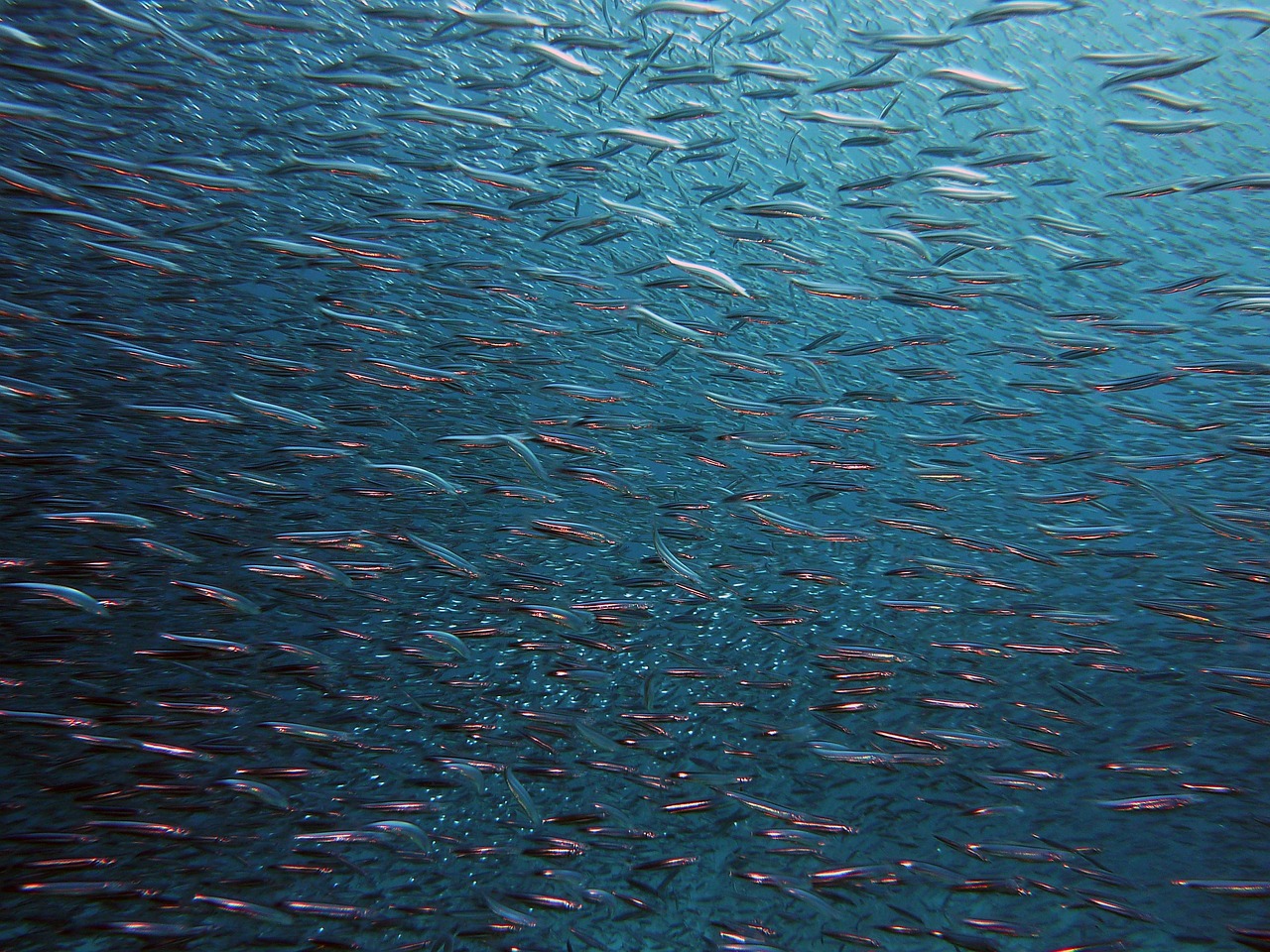Attachments
Note: Not all attachments are visible to the general public. Research URLs will go live after the embargo ends.

Research
The Royal Society, Web page
Please link to the article in online versions of your report (the URL will go live after the embargo ends).
Journal/
conference: Proceedings of the Royal Society B
conference: Proceedings of the Royal Society B
Research:Paper
Organisation/s:
University of Tasmania, The University of Adelaide
Funder:
This work was partially supported by a Parks Victoria Student Research Scholarship. Data from RLS and ATRC used in the analyses
are managed through, and were sourced from, Australia’s Integrated Marine Observing System (IMOS)—IMOS is enabled by the National
Collaborative Research Infrastructure Strategy (NCRIS). Support was also provided by the Australian Research Council (R.D.S.-S. by ARC
FT190100599, C.M. by FT200100870). R.D.S.-S. was also supported by a Fellowship in Marine Consearvtion by the Pew Charitable Trusts.



 Australia; SA; TAS
Australia; SA; TAS


